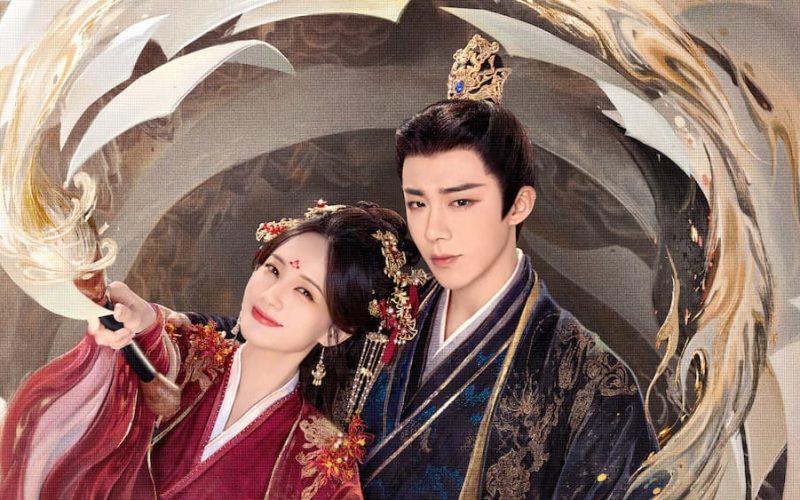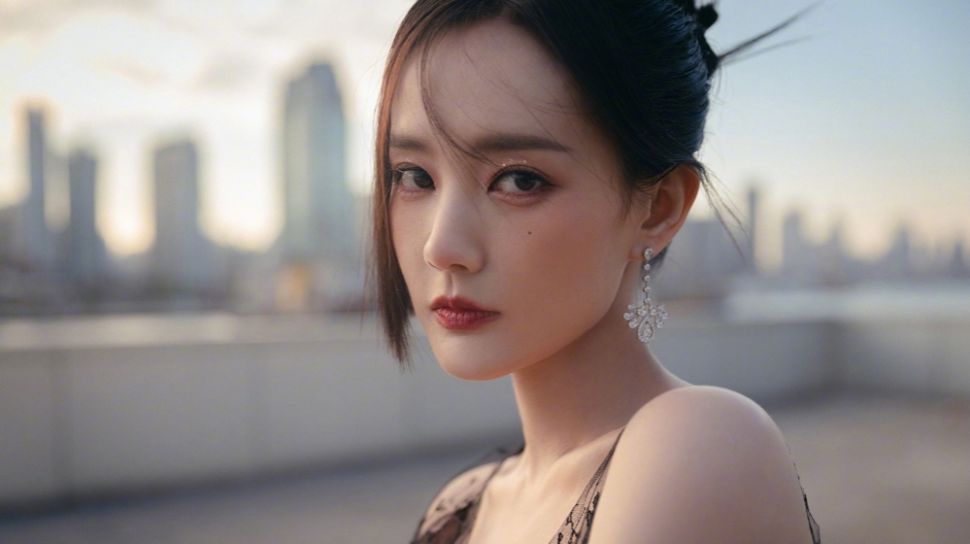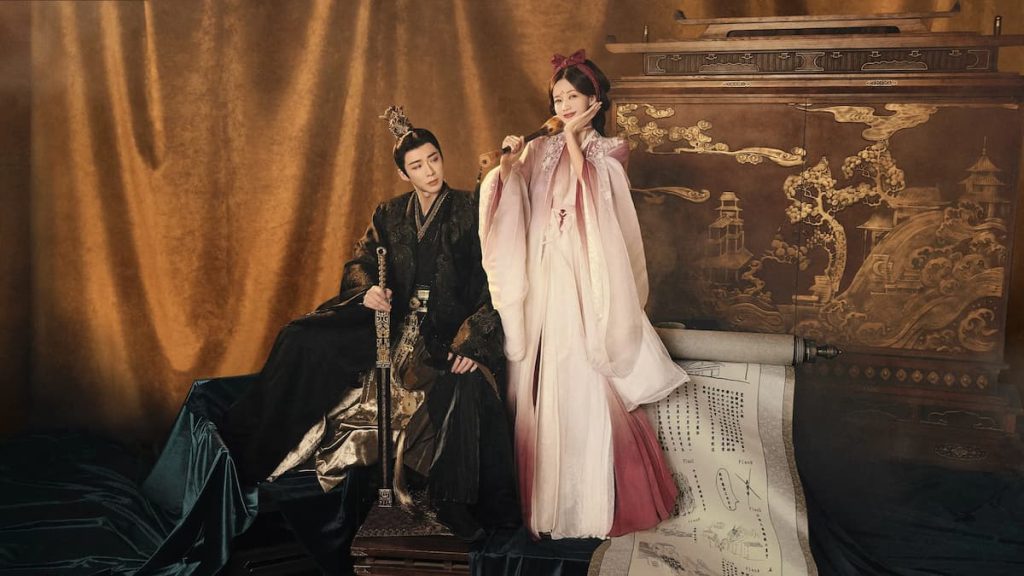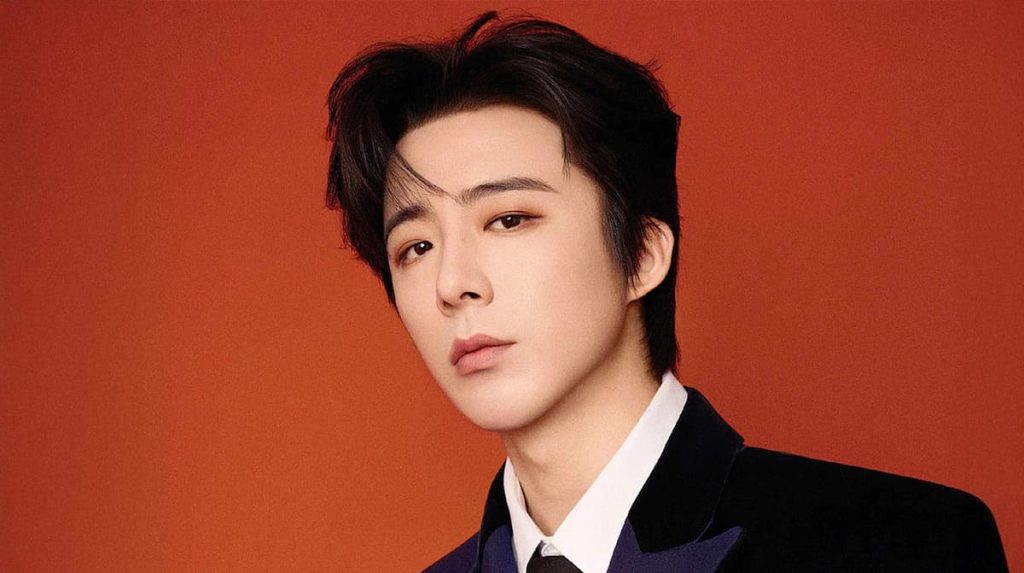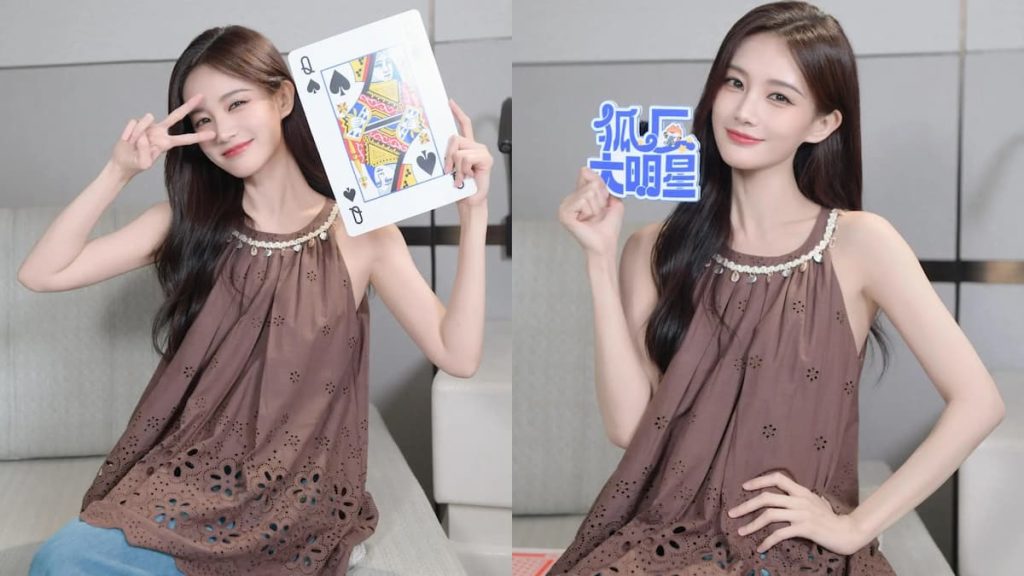LayarHijau– A Dream Within a Dream (书卷一梦) has emerged as one of the most talked-about costume dramas this year. Unlike typical ancient idol dramas, the series takes a witty, satirical approach, mocking the worn-out story formulas that have long dominated the genre. However, according to producers, writers, and critics interviewed by Sohu Entertainment, this kind of satire is only the first step. The real challenge lies in creating a story that genuinely resonates with the audience.
Refreshing at First, But Then What?
From its very first episode, A Dream Within a Dream stood out. The female lead comes from the modern world and suddenly “jumps” into an ancient drama filled with poorly written plots and recycled formulas. She witnesses firsthand how ridiculous the endless love entanglements are and how illogical conflicts are contrived solely to make audiences cry.
Scenes like “three people stabbing each other” or “the heroine trapped in danger and suddenly rescued by the male lead” become comical highlights that leave audiences laughing. The drama even pokes fun at the behind-the-scenes reality of the Chinese entertainment industry: male actors who alter scripts at will to protect their image, while scriptwriters can only submit.
Tongtong (a pseudonym), one of the producers interviewed by Sohu Entertainment, explained that this strategy is indeed effective in drawing attention. “This kind of satire gives relief to viewers who’ve been bored for years with the same old formulas. But once the jokes end, where does the story go next?”
The Challenge Beyond the Laughs
Industry insiders agree that the biggest challenge for dramas like A Dream Within a Dream is maintaining story quality after the initial comedic phase ends.
Love Game in Eastern Fantasy (永夜星河) is often cited as an example. Though it initially attracted attention with its fantasy world resembling a video game, its real strength lay in the emotional connections between characters that slowly grew over time.
Similarly, Lost You Forever (长相思) touched viewers’ hearts not because of narrative gimmicks, but because of its honest portrayal of the heroine’s emotional wounds and her struggle with love and loneliness.
Even In Blossom (花间令) surprised audiences by featuring a female lead who wasn’t a beautiful princess but a grave-digger’s assistant and forensic specialist living in isolation. From there, genuine empathy emerged—not just admiration for a glamorous fictional world. Though ultimately, the story returned to familiar patterns.
Da Qiu (a pseudonym), an online novelist also interviewed by Sohu Entertainment, expressed a similar concern:
“At the start, the story is exciting because the main character struggles to survive in a strange world. But after that, what do they do with their lives? That’s where many stories lose their direction.”
A Genre in Need of Reinvention, Not Just a New Look
Industry players also admit that the ancient idol drama genre has been stagnant for years. Despite growing production budgets, many dramas still fail to meet audience expectations because the stories remain repetitive.
Sohu Entertainment’s data shows that in 2024, only 15 costume dramas averaged over 20 million views per episode—a sharp decline from 23 titles the previous year. This has caused serious concern among producers and streaming platforms.
Several innovations have emerged. One prominent trend is the “second chance at life” theme, as seen in Blossoms in Adversity (为有暗香来) and The Double (墨雨云间). These stories don’t depict supernatural reincarnation, but rather protagonists who restart their lives after betrayal or trauma. The focus lies on human resilience and conscious efforts to change fate, not on fantasy elements.
Meanwhile, long-form dramas like The Princess’ Gambit (公主扑克牌) and Feud (临江仙) experiment with a faster, more concise narrative style—borrowing pacing techniques from short dramas while still being produced as full-length series.
But as Teddy (a pseudonym), a drama critic interviewed by Sohu Entertainment, cautions, such innovations are only tools:
“The issue isn’t just about changing story formats. If the characters remain shallow and the romances fail to touch hearts, it’s still the same old story in new packaging.”
Will A Dream Within a Dream Endure?
According to Tongtong, “anti-ancient idol dramas” like A Dream Within a Dream are important as a first step in breaking free from outdated formulas. But the next step is more difficult: building a story with heart, allowing audiences to truly empathize with the characters’ struggles.
The big question now is: after successfully mocking outdated storytelling, can A Dream Within a Dream take the next step? Can its female lead grow beyond a cynical modern woman to someone who learns to love and understand the world she’s been thrown into?
Can its male lead become more than a savior figure, and instead be someone with real conflicts and dreams of his own?
If the answer is yes, A Dream Within a Dream could mark a true turning point for the ancient idol genre. But if not, it will be remembered only as a fleeting joke.

